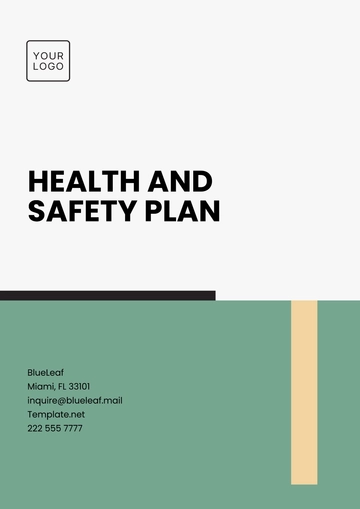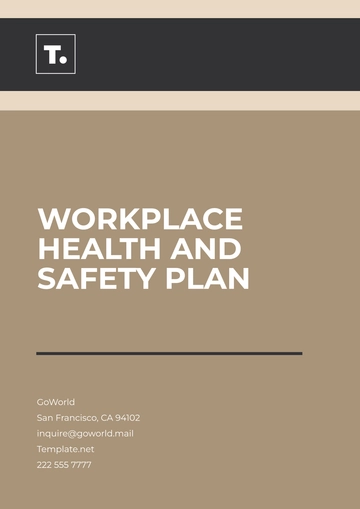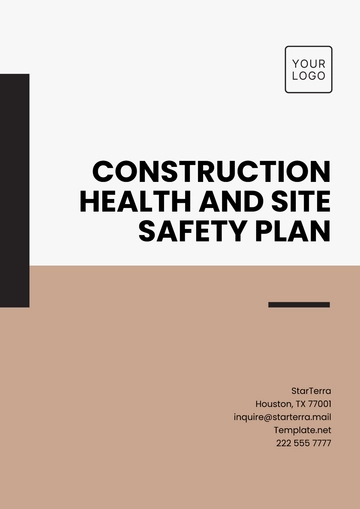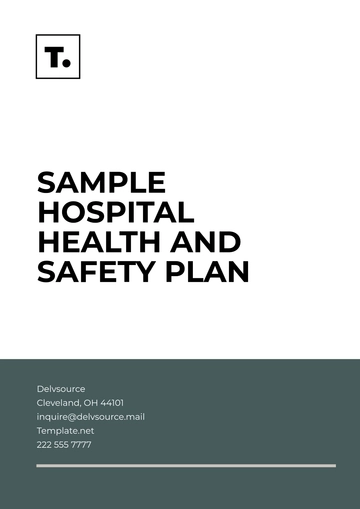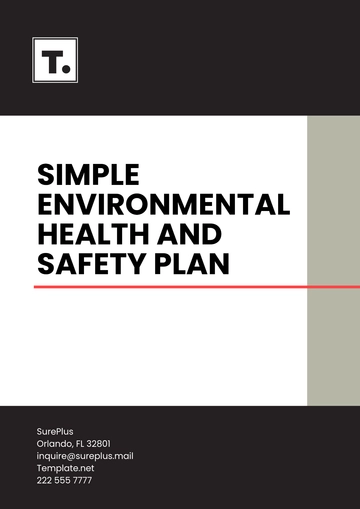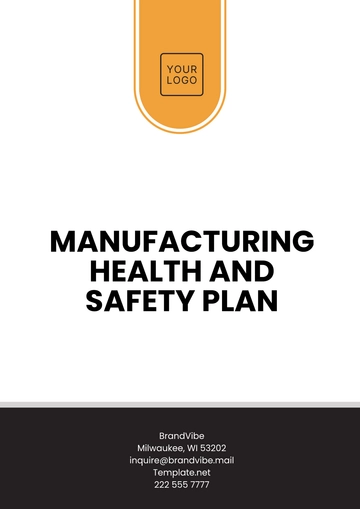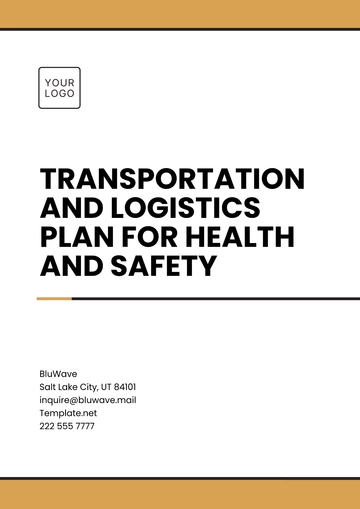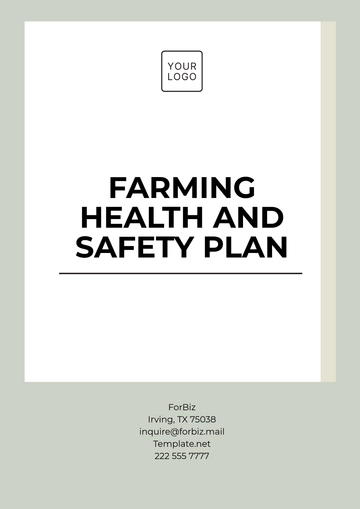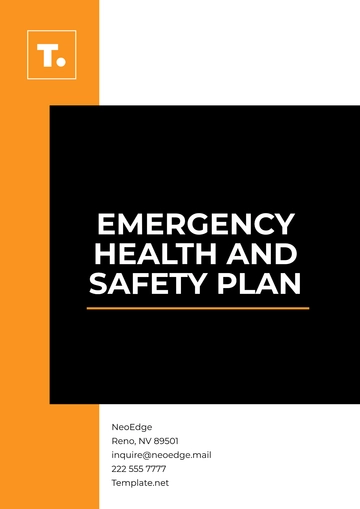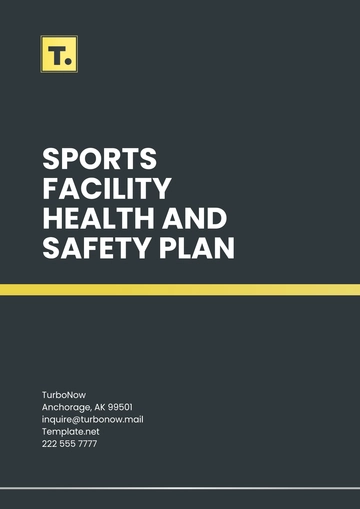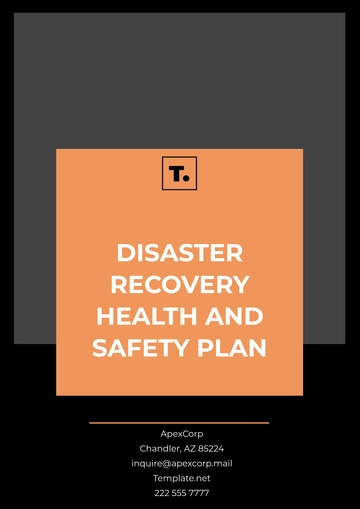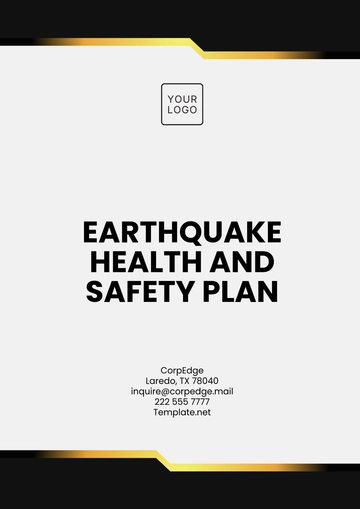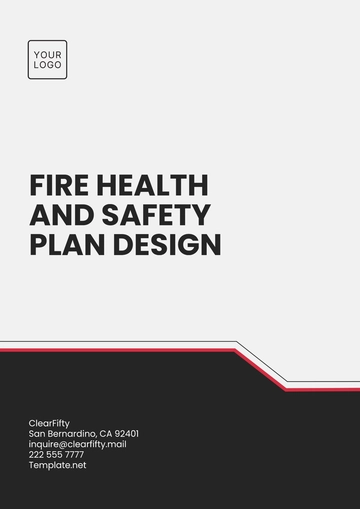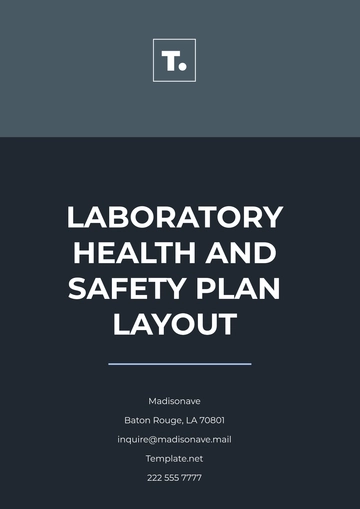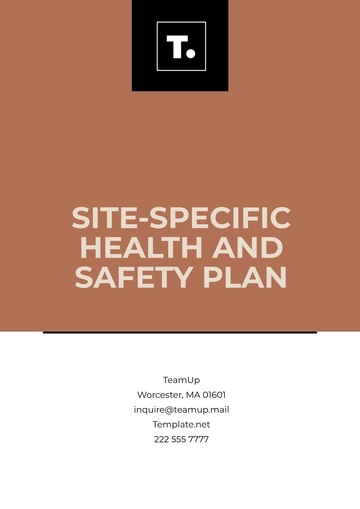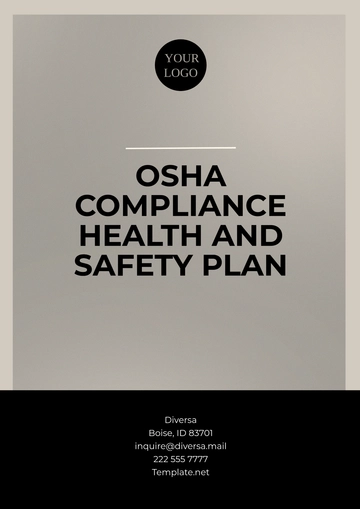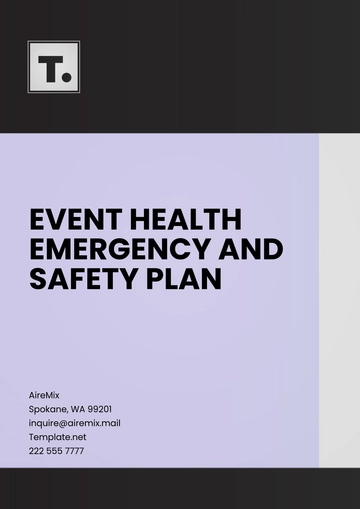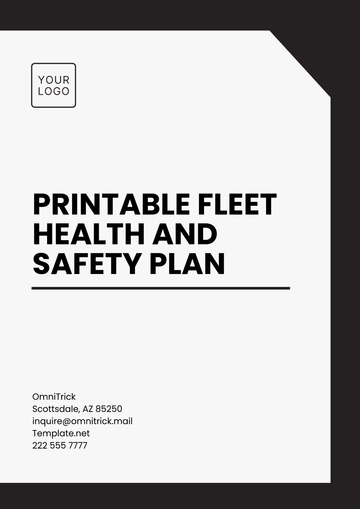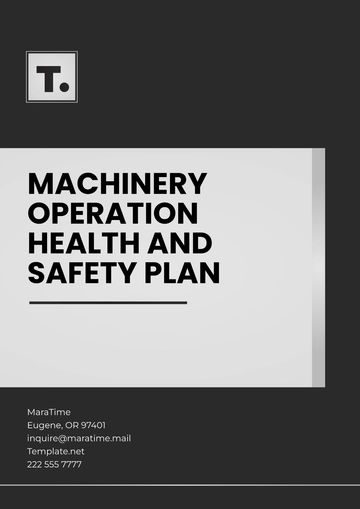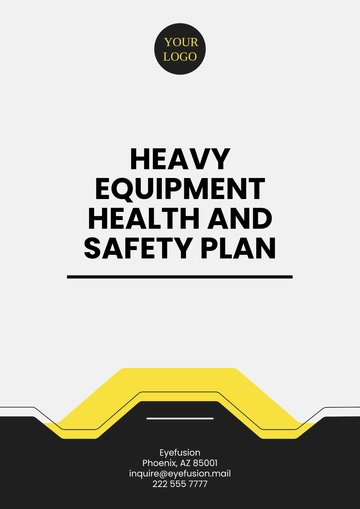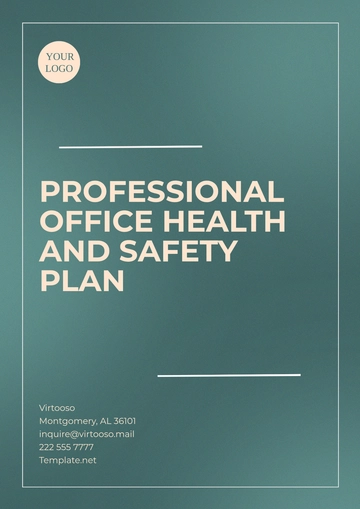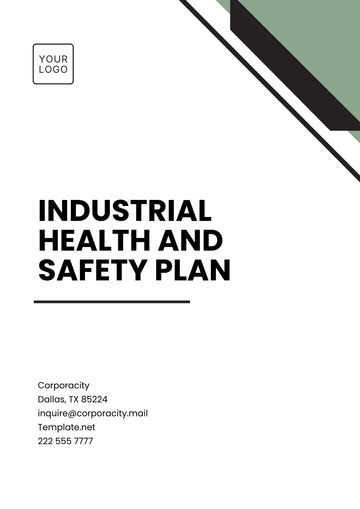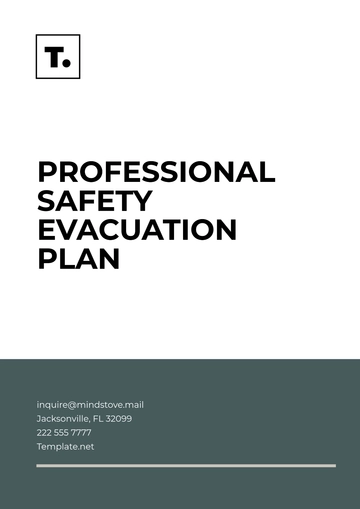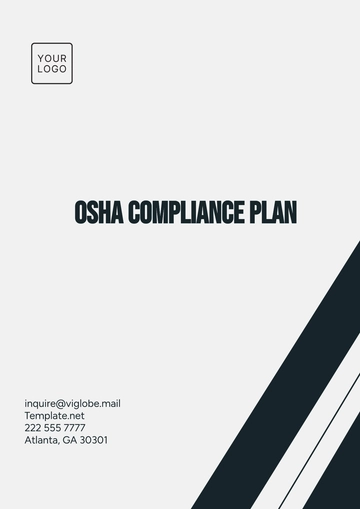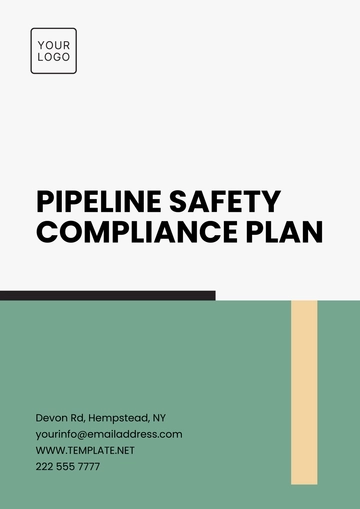Free Blank Medical Laboratory Safety Plan
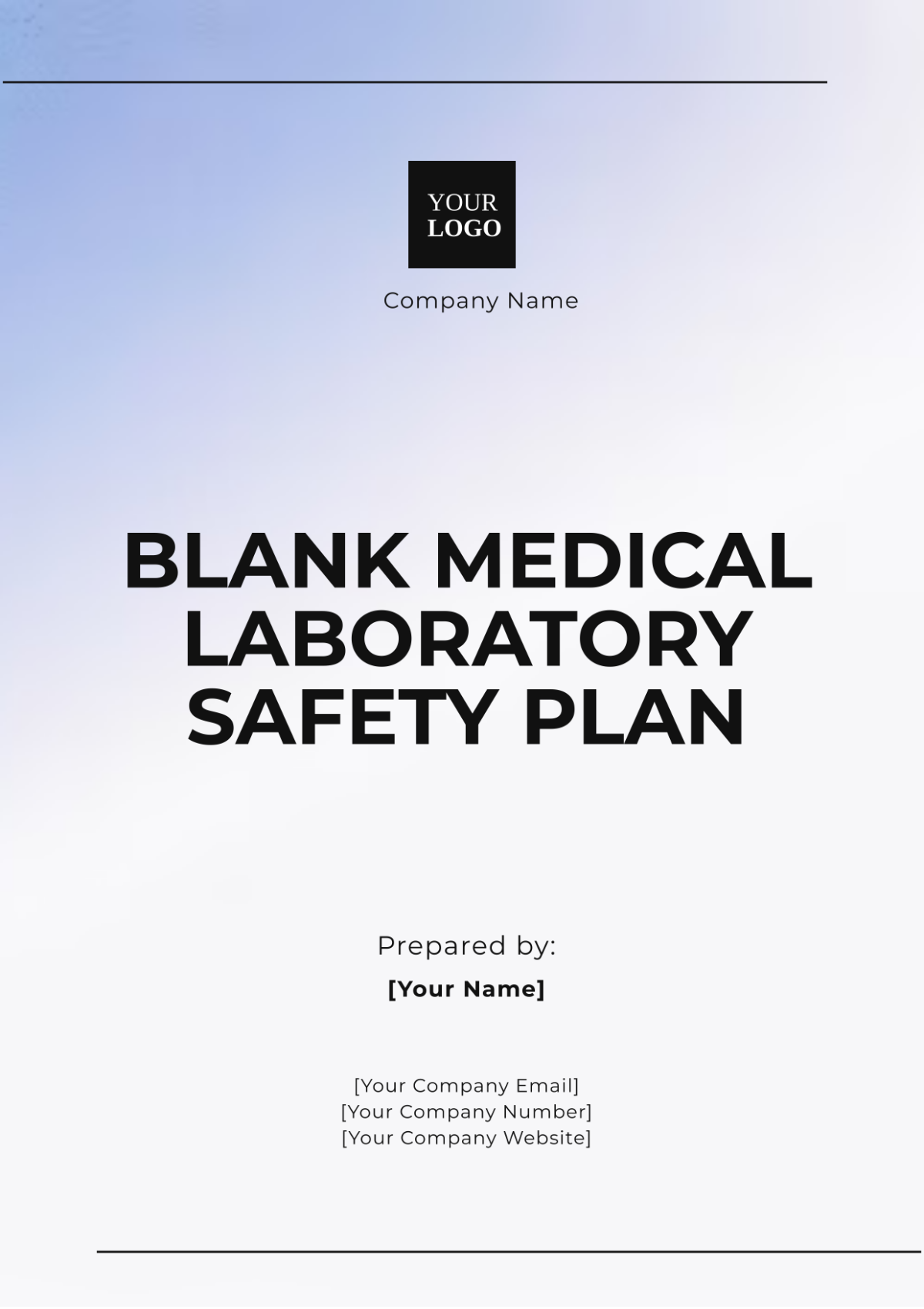
1. Introduction
This Medical Laboratory Safety Plan outlines the safety protocols and procedures necessary to ensure a safe working environment within the laboratory. It aims to protect personnel, equipment, and the surrounding environment from potential hazards associated with laboratory activities.
2. Laboratory Description
Laboratory Name: [Your Company Name]
Location: [Your Company Address]
Email: [Your Company Email]
Phone: [Your Company Number]
Description of Laboratory Activities:
Provide a brief description of the laboratory’s primary functions, including types of research or testing conducted.
3. Roles and Responsibilities
Laboratory Manager: Responsible for overseeing laboratory operations and ensuring compliance with safety regulations.
Safety Officer: Monitors safety practices and conducts regular inspections and audits.
Laboratory Personnel: Required to follow safety protocols and report any hazards or incidents.
Emergency Responders: Trained individuals responsible for responding to emergencies within the laboratory.
4. Hazard Identification and Risk Assessment
Conduct a comprehensive hazard assessment to identify potential risks in the laboratory environment. This assessment should include:
Chemical hazards
Biological hazards
Physical hazards (e.g., equipment, electrical)
Ergonomic hazards
Hazard Type | Description | Risk Level (Low/Medium/High) | Control Measures |
|---|---|---|---|
5. Personal Protective Equipment (PPE)
Outline the required PPE for various laboratory activities, including but not limited to:
Lab coats
Gloves
Safety goggles
Face shields
Respirators (if applicable)
6. Safety Procedures
6.1 Chemical Handling
Always refer to Safety Data Sheets (SDS) before handling chemicals.
Label all containers clearly and appropriately.
Use fume hoods when working with volatile substances.
6.2 Biological Safety
Follow biosafety protocols for handling infectious materials.
Utilize biological safety cabinets when required.
Implement procedures for decontamination and sterilization.
6.3 Equipment Safety
Ensure proper training before using laboratory equipment.
Conduct regular maintenance checks on all equipment.
Follow manufacturer instructions for operation.
7. Emergency Procedures
7.1 Emergency Contacts
Emergency Type | Contact Name | Phone Number |
|---|---|---|
Fire Department | ||
Medical Emergency | ||
Poison Control |
7.2 Evacuation Procedures
Identify and communicate evacuation routes.
Conduct regular evacuation drills.
7.3 Spill Response
Assess the nature of the spill and determine appropriate response measures.
Use spill kits and follow the established procedures for cleanup.
8. Waste Disposal
Detail the procedures for the disposal of various types of waste, including:
Chemical waste
Biological waste
Sharps disposal
General waste
Ensure compliance with local and federal regulations regarding hazardous waste disposal.
9. Training and Orientation
Outline the training requirements for laboratory personnel, including:
Initial safety training
Ongoing safety refresher courses
Specific equipment training
10. Plan Review and Updates
This Safety Plan will be reviewed annually or as needed based on changes in laboratory activities, regulations, or incidents. Updates will be communicated to all personnel.
- 100% Customizable, free editor
- Access 1 Million+ Templates, photo’s & graphics
- Download or share as a template
- Click and replace photos, graphics, text, backgrounds
- Resize, crop, AI write & more
- Access advanced editor
Create a secure environment for your medical laboratory with the Blank Medical Laboratory Safety Plan Template from Template.net. This editable and customizable template provides a flexible framework to establish comprehensive safety protocols tailored to your lab's unique needs. Easily modify sections to align with specific regulations and best practices. With its user-friendly design, you can effectively communicate essential safety measures, ensuring the well-being of staff and patients alike.
You may also like
- Finance Plan
- Construction Plan
- Sales Plan
- Development Plan
- Career Plan
- Budget Plan
- HR Plan
- Education Plan
- Transition Plan
- Work Plan
- Training Plan
- Communication Plan
- Operation Plan
- Health And Safety Plan
- Strategy Plan
- Professional Development Plan
- Advertising Plan
- Risk Management Plan
- Restaurant Plan
- School Plan
- Nursing Home Patient Care Plan
- Nursing Care Plan
- Plan Event
- Startup Plan
- Social Media Plan
- Staffing Plan
- Annual Plan
- Content Plan
- Payment Plan
- Implementation Plan
- Hotel Plan
- Workout Plan
- Accounting Plan
- Campaign Plan
- Essay Plan
- 30 60 90 Day Plan
- Research Plan
- Recruitment Plan
- 90 Day Plan
- Quarterly Plan
- Emergency Plan
- 5 Year Plan
- Gym Plan
- Personal Plan
- IT and Software Plan
- Treatment Plan
- Real Estate Plan
- Law Firm Plan
- Healthcare Plan
- Improvement Plan
- Media Plan
- 5 Year Business Plan
- Learning Plan
- Marketing Campaign Plan
- Travel Agency Plan
- Cleaning Services Plan
- Interior Design Plan
- Performance Plan
- PR Plan
- Birth Plan
- Life Plan
- SEO Plan
- Disaster Recovery Plan
- Continuity Plan
- Launch Plan
- Legal Plan
- Behavior Plan
- Performance Improvement Plan
- Salon Plan
- Security Plan
- Security Management Plan
- Employee Development Plan
- Quality Plan
- Service Improvement Plan
- Growth Plan
- Incident Response Plan
- Basketball Plan
- Emergency Action Plan
- Product Launch Plan
- Spa Plan
- Employee Training Plan
- Data Analysis Plan
- Employee Action Plan
- Territory Plan
- Audit Plan
- Classroom Plan
- Activity Plan
- Parenting Plan
- Care Plan
- Project Execution Plan
- Exercise Plan
- Internship Plan
- Software Development Plan
- Continuous Improvement Plan
- Leave Plan
- 90 Day Sales Plan
- Advertising Agency Plan
- Employee Transition Plan
- Smart Action Plan
- Workplace Safety Plan
- Behavior Change Plan
- Contingency Plan
- Continuity of Operations Plan
- Health Plan
- Quality Control Plan
- Self Plan
- Sports Development Plan
- Change Management Plan
- Ecommerce Plan
- Personal Financial Plan
- Process Improvement Plan
- 30-60-90 Day Sales Plan
- Crisis Management Plan
- Engagement Plan
- Execution Plan
- Pandemic Plan
- Quality Assurance Plan
- Service Continuity Plan
- Agile Project Plan
- Fundraising Plan
- Job Transition Plan
- Asset Maintenance Plan
- Maintenance Plan
- Software Test Plan
- Staff Training and Development Plan
- 3 Year Plan
- Brand Activation Plan
- Release Plan
- Resource Plan
- Risk Mitigation Plan
- Teacher Plan
- 30 60 90 Day Plan for New Manager
- Food Safety Plan
- Food Truck Plan
- Hiring Plan
- Quality Management Plan
- Wellness Plan
- Behavior Intervention Plan
- Bonus Plan
- Investment Plan
- Maternity Leave Plan
- Pandemic Response Plan
- Succession Planning
- Coaching Plan
- Configuration Management Plan
- Remote Work Plan
- Self Care Plan
- Teaching Plan
- 100-Day Plan
- HACCP Plan
- Student Plan
- Sustainability Plan
- 30 60 90 Day Plan for Interview
- Access Plan
- Site Specific Safety Plan
